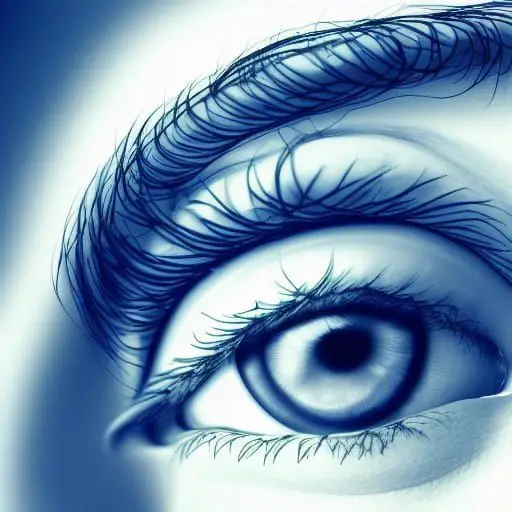The Truth About Blepharospasm
Blinking is a natural and essential function of the human body. However, there are many myths surrounding blinking, which have been circulating for years. In particular, is often misunderstood, leading to confusion and misconceptions. In this article, we will debunk common blinking myths and provide insight into the truth.
Debunking Common Blinking Myths
Myth 1: Blinking too much is a sign of lying
One of the most common myths about blinking is that it indicates deception. However, this is not true. While people who are lying may blink more frequently, this is not always the case. In fact, some people may blink less frequently when lying, as they are trying to maintain eye contact.
Myth 2: Blinking too much causes wrinkles
Many people believe that excessive blinking can cause wrinkles around the eyes. However, this is not true. While repeated facial expressions can lead to wrinkles over time, blinking is not a significant contributor to this process.
Myth 3: Holding your eyes open while sneezing can cause them to pop out
This is a common myth that has been around for generations. However, it is impossible for your eyes to pop out of their sockets when you sneeze, no matter how hard you try to keep them open.
Myth 4: Closing your eyes tightly can improve your vision
Some people believe that closing their eyes tightly can improve their vision. However, this is not true. In fact, closing your eyes tightly can cause strain and discomfort, leading to temporary vision impairment.
Understanding Blepharospasm and Its Causes
What is blepharospasm?
A condition that causes involuntary, repetitive blinking of the eyelids. This condition can range in severity from mild twitching to complete closure of the eyelids.
What are the possible causes?
The exact cause is unknown. However, it is believed to be related to abnormal activity in the basal ganglia, a region of the brain that controls motor function. Other factors that may contribute to this include stress, fatigue, and exposure to bright lights.
Who is at risk?
Is more common in women than men and typically occurs in middle-aged or older adults. People who have a family history of the condition may also be at increased risk.
How it is treated?
There is no cure for blepharospasm, but there are several treatments that can help manage the symptoms. These include medications, botulinum toxin injections, and surgery in severe cases. In addition, relaxation techniques and reducing stress may help alleviate symptoms.
Blinking is a natural and essential function of the human body, and blepharospasm is a relatively common condition that can impact people’s lives. By debunking common blinking myths and understanding the causes and treatments, we can better understand this condition and provide effective support for those who experience it.

